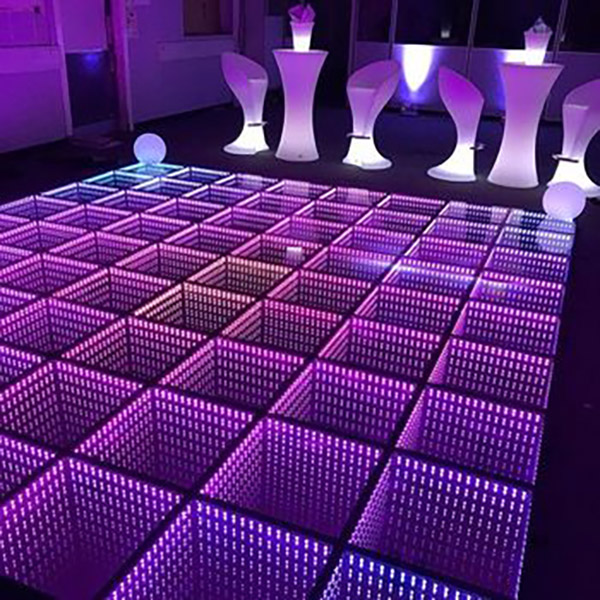Exploring the Versatile Substances That Transform Performance Floors into Stunning Aesthetic Displays
Exploring the Versatile Substances That Transform Performance Floors into Stunning Aesthetic Displays
Blog Article
Dance surfaces have evolved significantly over the years, becoming increasingly than just a place to move to melodies. Today, they are transformed into breathtaking aesthetic experiences through the use of various substances and technologies. These materials not only improve the aesthetic attractiveness of the space but also enhance the overall experience for dancers and spectators alike. Comprehending the flexible materials that contribute to these vibrant environments can offer insight into the craft of performance floor design.
One of the most common materials used in modern dance floors is LED illumination. Light-emitting diode lights are energy-efficient and can generate a wide range of hues and impacts. They can be embedded in the floor itself or used as part of a illumination setup above the dance floor. This technology allows for synchronized light shows that can alter in reaction to the melodies, creating an immersive experience. The ability to configure these lamps means that they can be tailored to fit different concepts or moods, making each event distinct.
Another important substance is mirror-like materials, such as mirrors or polished tiles. These surfaces can create an illusion of area and depth, making the dance floor appear larger than it actually is. When dancers move, their reflections can add an extra layer of visual interest, enhancing the complete show. Additionally, mirror-like materials can engage with lighting impacts, amplifying the colors and patterns displayed on the floor. This fusion of light and mirroring can captivate spectators and elevate the vitality of the occasion.
In furthermore to lighting and mirror-like substances, the use of electronic screens has become progressively popular in dance floor design. These screens can show vibrant images, animations, or even real-time feeds of the performance. By incorporating digital technology, event organizers can create a comprehensive experience that involves both the performers and the audience. The ability to change images in real-time allows for a dynamic environment that can adjust to the rhythm and energy of the music, making each instance feel fresh and exciting.
Additionally, the choice of flooring substance itself plays a crucial role in the overall encounter. Classic wooden dance floors are still favored navigate here for their strength and functional qualities. However, newer substances like vinyl and rubber are becoming popularity due to their flexibility and simplicity of maintenance. These materials can provide superior impact absorption, reducing the chance of harm for dancers. Additionally, they can be designed with multiple patterns and colors, allowing for creative expression in the dance floor's appearance.
In conclusion, the transformation of dance floors into stunning visual encounters relies on a mix of creative substances and techniques. LED lighting, mirror-like materials, digital screens, and specialized flooring materials all add to creating an captivating environment for performers and audiences. As innovation continues to progress, the opportunities for enhancing dance floor design will only expand, making upcoming events even more captivating and memorable. Understanding these materials helps value the craftsmanship involved in creating spaces where dance and melodies come together harmoniously in unison.